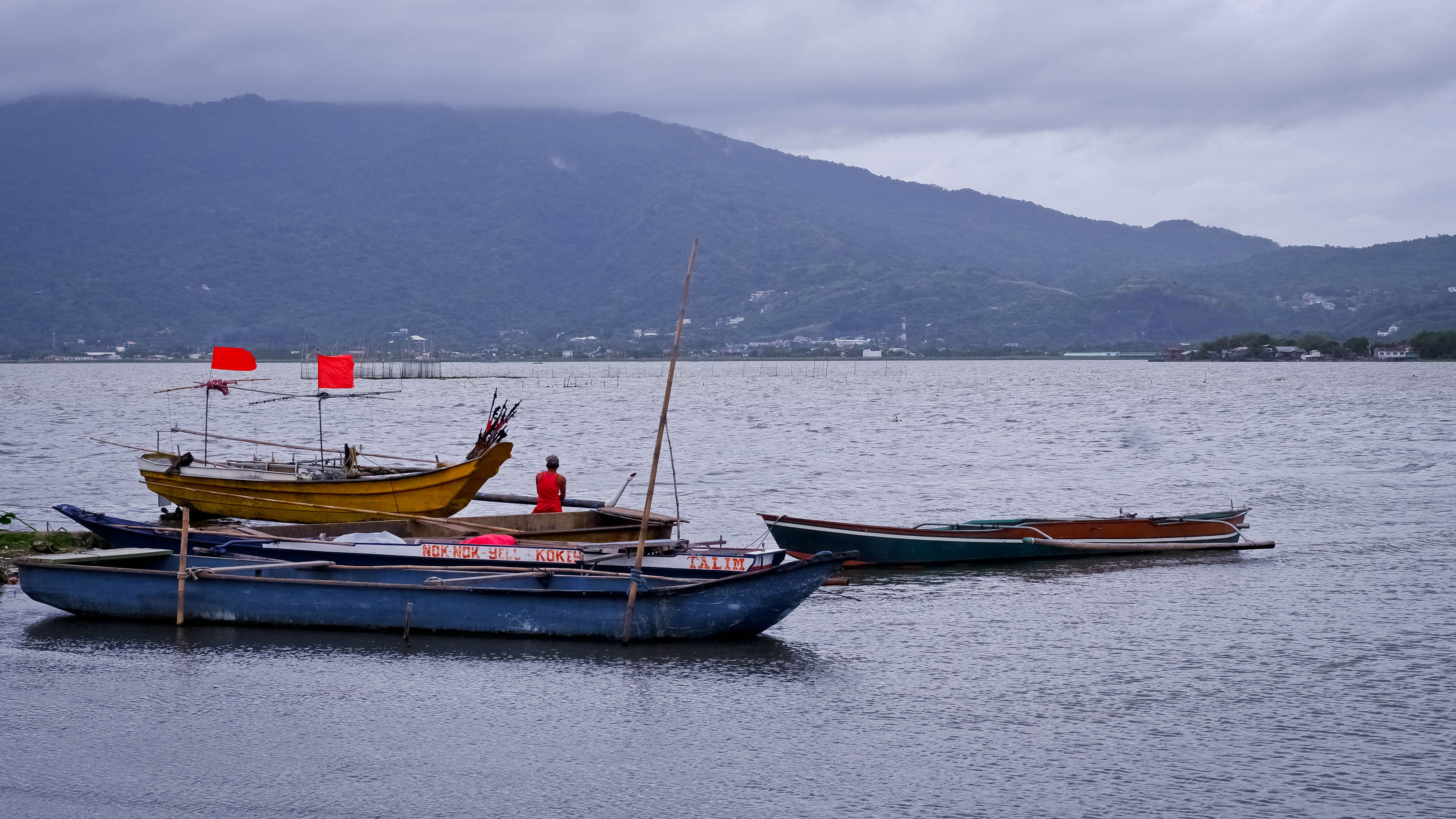Pre-pandemic, commuting from Laguna to Metro Manila and vice versa, either via the old national highway or the South Luzon Expressway (SLEX) was an ordeal, lasting two to three hours on average, depending on the starting point, destination, and time of the year.
The increasing number of vehicles on the road continues to clog up these two main thoroughfares.
The proposed Laguna Lake Road Network (LLRN) hopes to decongest these two main thoroughfares, cutting down travel time and improving access to far-flung municipalities in Laguna and Rizal, and subsequently Quezon and Batangas.
In November 2021, the Department of Public Works and Highways (DPWH) announced that the detailed engineering design (DED) of Phase 1 of the LLRN was to commence in December 2021.
According to the DPWH’s news release, the DED contract, priced at P135.485 million, is to be implemented from December 2021 to February 2023.
Phase 1 or the LLRN will be a 37.6-kilometer road on the west side of Laguna de Bay from Lower Bicutan in Taguig City, Metro Manila to Calamba City in Laguna.
There will be eight interchanges, one each in Lower Bicutan in Taguig City; Sucat, Alabang, and Tunasan in Muntinlupa City; and cities of San Pedro, Biñan, Santa Rosa, Cabuyao, and Calamba in Laguna.
Phase 2, on the other hand, will run from the northern to the southern coastline through the eastern side of the lake.
Environmental impact
Last February 15, an online public hearing was held to discuss the results of the environmental impact assessment (EIA) conducted by DPWH-appointed consultants.
The EIA looked into aspects such as land use, geological hazards, terrestrial biodiversity, hydrology, water quality, aquatic biodiversity, air quality, ambient noise levels, vehicular traffic, impact on locals, and public perception.
According to Elenor de Leon, an environmental and social specialist, the perception about the LLRN project is generally good.
However, during the stakeholder meetings, de Leon said several issues were raised like possible adverse impacts on the livelihoods of fisherfolk and other individuals in the fishing community, particularly human displacement, access to fishing routes/grounds, reduction in fish population, lake pollution, and compensation for project-affected persons (PAPs), among others.
The terrestrial ecology assessment found that the majority of the areas where the LLRN will be laid are populated with people and will not pass through any protected area, said terrestrial ecology specialist Victor Valderama, Jr.
The aquatic ecology assessment found that there are 23 species of fish in the lake, and that many areas of the shoreline are densely covered by water hyacinth and kangkong (water spinach), according to Ruben Estudillo, an aquatic and marine ecology specialist.
Estudillo added that potential impacts of the project could be increased turbidity and sedimentation in the lake.
Other issues raised during the online public hearing were structural design, earthquake-proofing, water levels and displacement, preventive measures in the event of oil spillage during the construction phase, and land reclamation concerns.
According to the project schedule presented in the Laguna Lakeshore Road Network Environmental Impact Statement (EIS) Report, construction is supposed to start in 2022 and be finished by 2026, as of updates last December 2020.
But since the DED isn’t finalized yet, the project timeline would most probably be adjusted—still a long road ahead.
